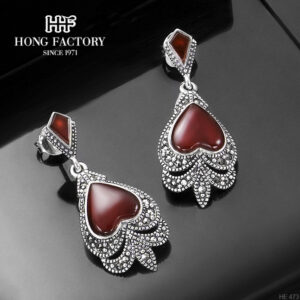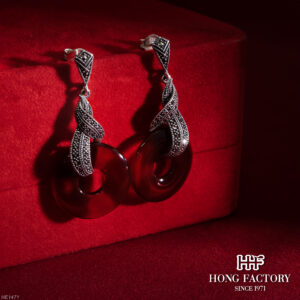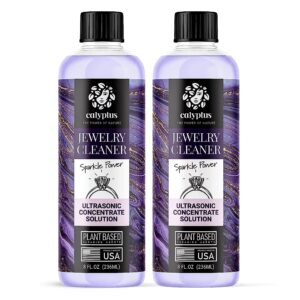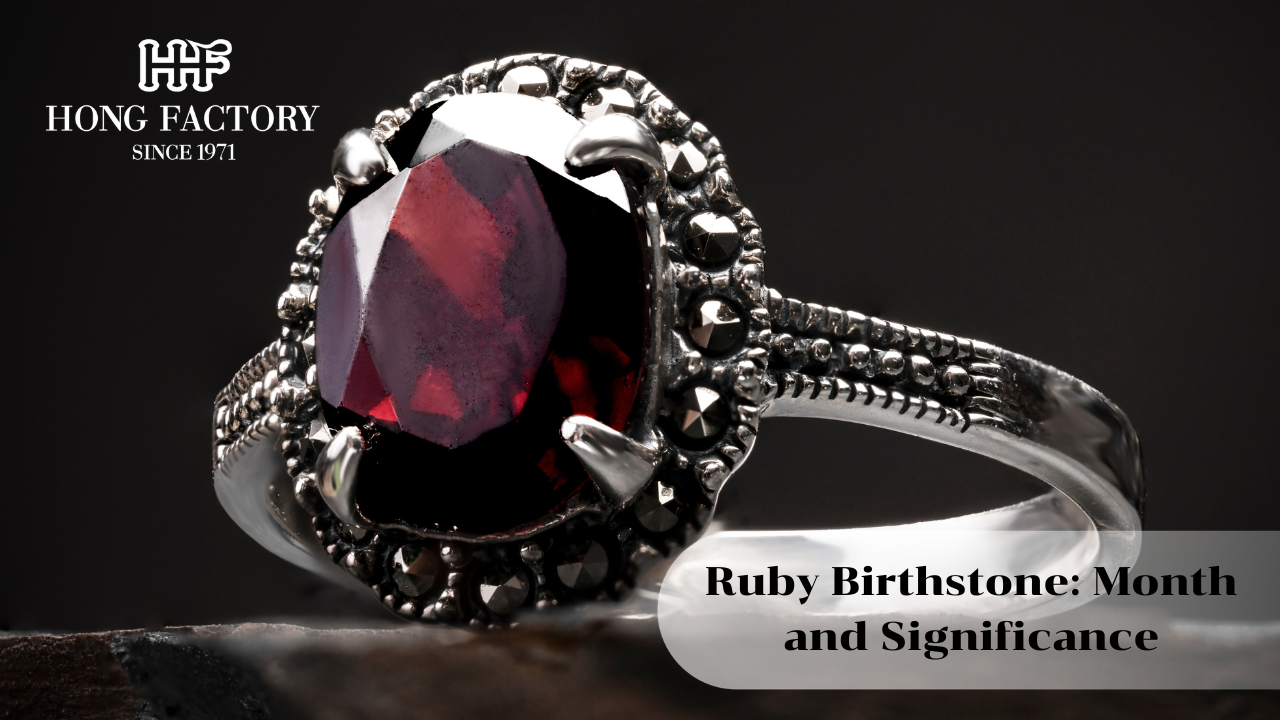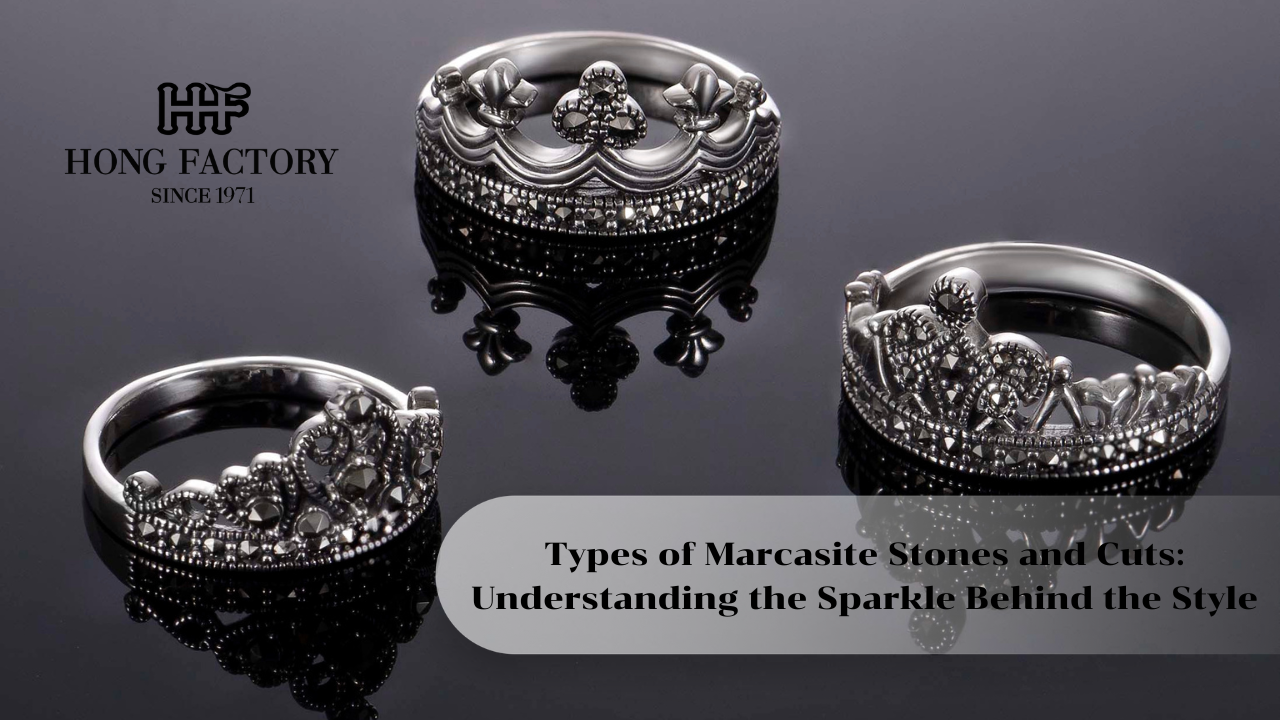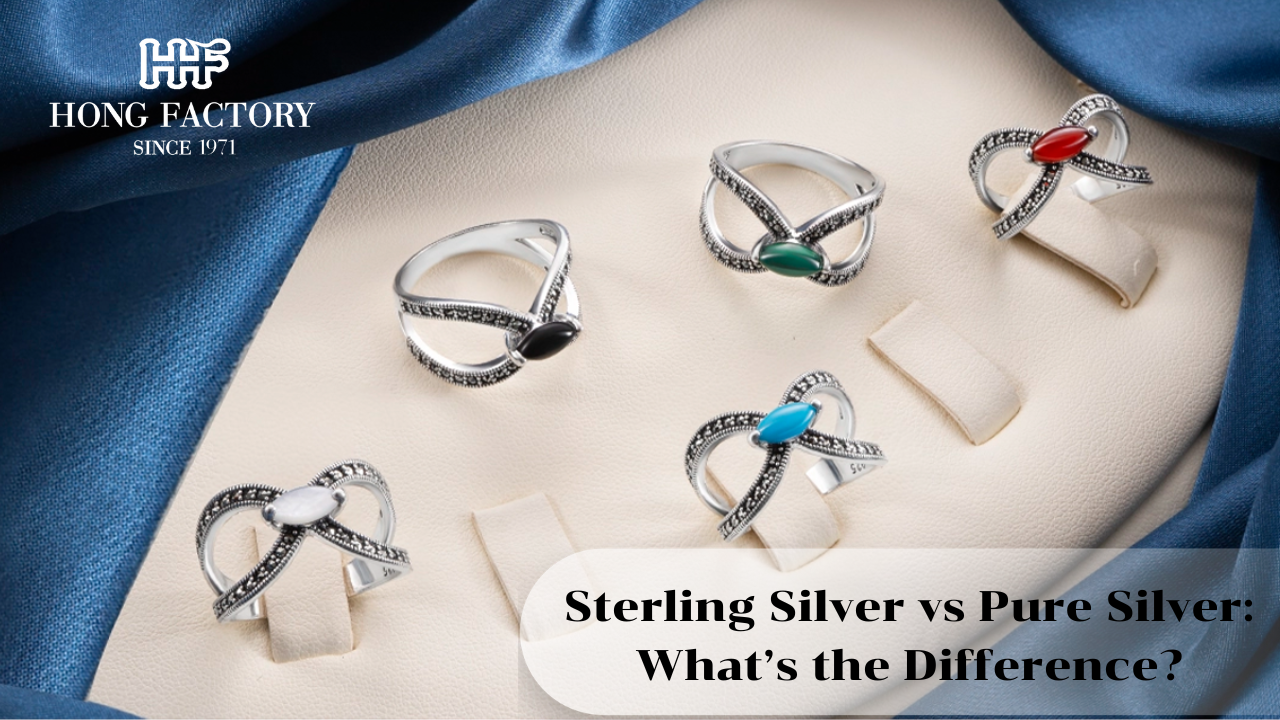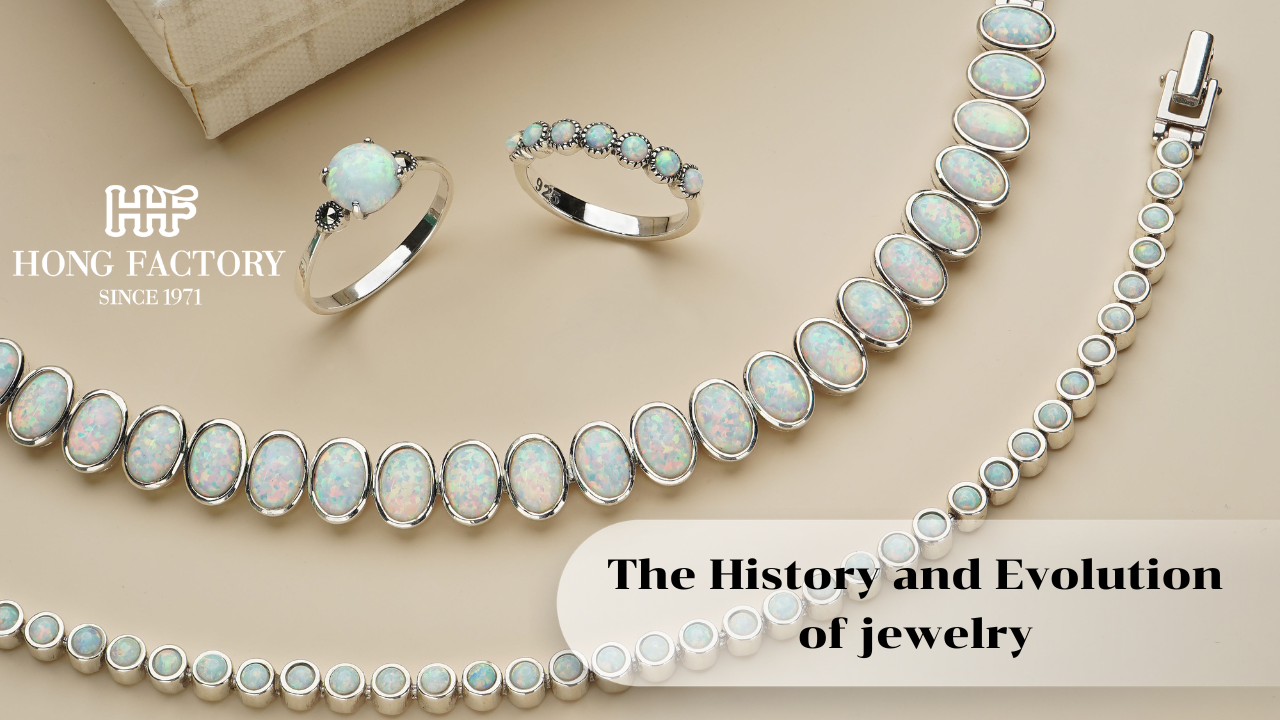Silver jewelry has been a significant part of human culture for thousands of years. Across different civilizations and traditions, silver has been used not only for adornment but also for spiritual, religious, and symbolic purposes. In this article, we will explore how various cultures have influenced silver jewelry designs, how these traditions continue today, and why cultural symbolism makes silver jewelry even more valuable. Silver Jewelry Designs
The Influence of Culture on Silver Jewelry Designs
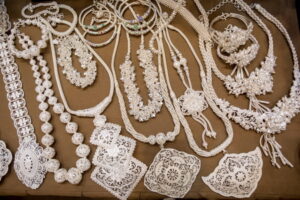
1. The Significance of Silver Jewelry in Different Cultures
Silver is prized across cultures for its beauty, durability, and symbolic meanings. Many cultures believe silver possesses spiritual and protective properties, making it an integral part of jewelry traditions worldwide. Silver Jewelry Designs.
Ancient Egyptian Silver Jewelry
- In Ancient Egypt (3000 BCE), silver was considered more valuable than gold.
- Egyptian silver jewelry was adorned with scarabs, ankh symbols, and hieroglyphic engravings.
- Silver amulets were believed to provide protection and good fortune.
Greek and Roman Influence on Silver Jewelry
- Ancient Greek silver jewelry featured intricate floral and mythological designs.
- Roman silver jewelry included signet rings engraved with family crests.
- Silver coins were also commonly worn as charms for wealth and status.
Native American Silver Jewelry
- The Navajo, Hopi, and Zuni tribes in North America perfected silversmithing techniques.
- Turquoise and silver jewelry became a signature style, symbolizing protection and harmony.
- Native American artisans continue to craft hand-stamped and engraved silver jewelry.
Indian Silver Jewelry Traditions
- India has a rich tradition of silver jewelry, particularly in Rajasthan and Gujarat.
- Tribal silver necklaces, anklets, and nose rings are popular in rural areas.
- Silver is believed to ward off negative energy and enhance feminine beauty.
Middle Eastern and Islamic Silver Jewelry
- Islamic cultures favor intricate Arabic calligraphy engravings on silver pendants and rings.
- Silver is often used in prayer beads and religious amulets for spiritual protection.
Chinese and Thai Silver Jewelry
- In China, silver jewelry is associated with purity and longevity.
- The Hmong and Karen hill tribes of Thailand specialize in handmade silver jewelry with unique hammered textures.
2. Cultural Motifs and Symbols in Silver Jewelry
Each culture incorporates unique symbols and motifs into their silver jewelry, often carrying deep meaning. Silver Jewelry Designs.
Common Cultural Motifs in Silver Jewelry
– Tree of Life – Symbolizes growth, strength, and connection to nature (Celtic & Norse traditions).
-Hamsa Hand – A symbol of protection against negative energy (Middle Eastern & Jewish cultures).
-Lotus Flower – Represents spiritual awakening and enlightenment (Indian & Buddhist cultures).
-Crescent Moon – A symbol of feminine energy and cycles of life (Islamic & Western astrology).
-Evil Eye – Used for warding off bad luck and jealousy (Greek, Turkish, and Mediterranean cultures).
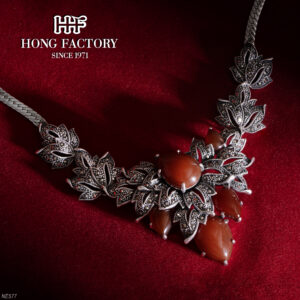
3. How Culture Shapes Modern Silver Jewelry
1. Influence of Cultural Jewelry in Contemporary Fashion
- High-fashion brands often incorporate tribal and historical silver designs into modern jewelry.
- Boho and festival fashion borrow from Native American, Indian, and Moroccan silver jewelry styles.
2. Revival of Traditional Techniques
- Artisans are bringing back ancient silversmithing methods, such as filigree and hand engraving.
- Handmade cultural silver jewelry is becoming more popular as consumers seek authenticity.
3. Demand for Spiritual and Symbolic Jewelry
- Many people wear culturally inspired silver jewelry for spiritual and meaningful reasons.
- Birthstone and zodiac-inspired silver jewelry also hold personal and astrological significance.
4. Choosing Culturally Inspired Silver Jewelry
1. Understanding the Symbolism
- Learn about the cultural significance behind the jewelry you wear.
- Choose pieces that resonate with your personal beliefs and heritage.
2. Supporting Ethical and Handmade Jewelry
- Buy from artisans who use fair-trade silver and honor traditional crafting techniques.
- Avoid mass-produced “cultural” jewelry that lacks authenticity.
3. Mixing Cultural Jewelry with Modern Styles
- Pair tribal silver cuffs with a casual outfit for a bold statement.
- Layer Eastern and Western silver jewelry for a contemporary fusion look.
5. How to Care for Cultural Silver Jewelry
Store jewelry in a separate pouch to prevent scratches.
Clean with a silver polishing cloth to maintain shine.
Avoid exposure to harsh chemicals, perfumes, and moisture.
Read our silver jewelry care guide at: Hong Factory
Silver jewelry is deeply rooted in cultural traditions worldwide.
From Native American turquoise jewelry to Indian silver filigree, cultural influences make silver jewelry more than just an accessory—it’s a symbol of heritage, spirituality, and artistic expression. Silver Jewelry Designs.


